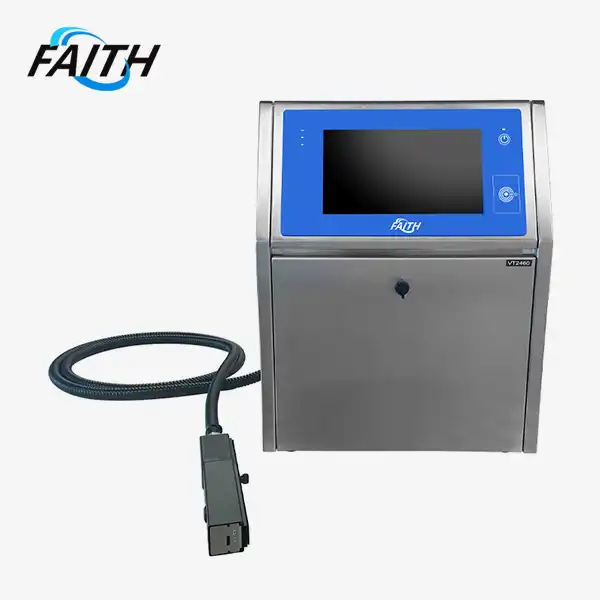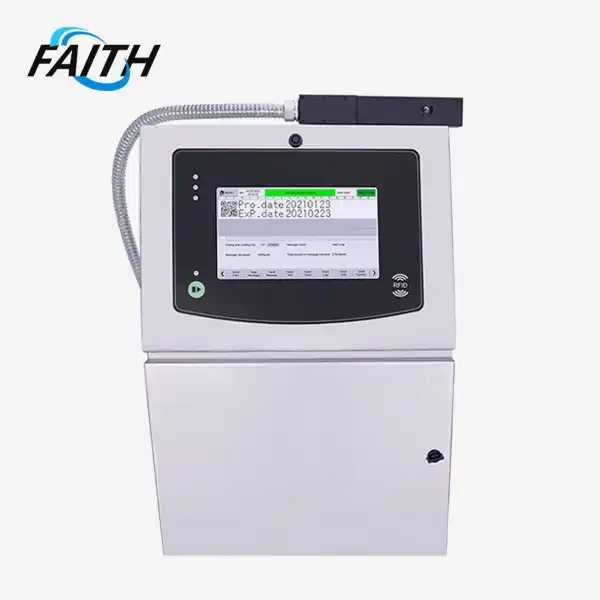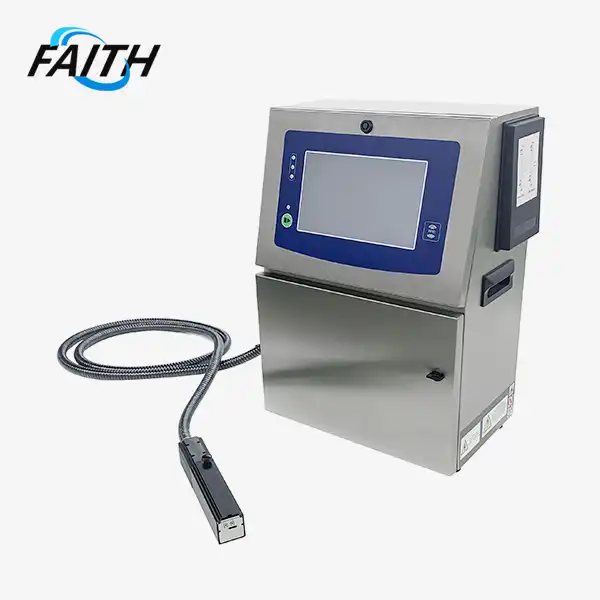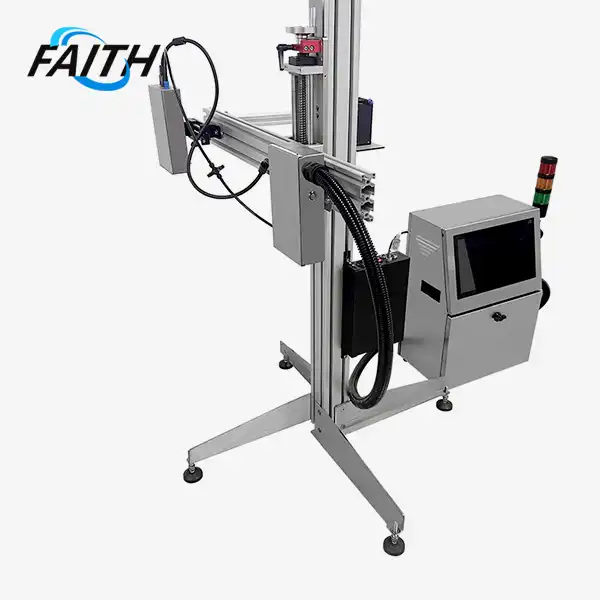How Inkjet PIJ Printers Meet the Demands of Medical Regulatory Standards?
In the ever-evolving landscape of medical technology, the importance of accurate and reliable printing solutions cannot be overstated. Inkjet PIJ (Piezoelectric Inkjet) printers have emerged as a game-changer in meeting the stringent demands of medical regulatory standards. These advanced printing devices offer unparalleled precision, versatility, and compliance with industry regulations, making them an indispensable tool in the medical field. As healthcare providers and medical device manufacturers strive to adhere to increasingly rigorous quality control measures, Inkjet PIJ printers have proven to be a reliable ally. Let's delve deeper into how Inkjet PIJ printers are revolutionizing the medical industry and ensuring compliance with regulatory standards.
Unmatched Precision and Consistency in Medical Labeling
One of the paramount concerns in the medical industry is the accuracy and legibility of labels and markings on medical devices, pharmaceuticals, and packaging. Inkjet PIJ printers excel in this domain, offering unparalleled precision and consistency in printing. The piezoelectric technology employed in these printers allows for exceptionally fine control over ink droplet size and placement, resulting in crisp, high-resolution prints that meet or exceed regulatory standards.
The ability to produce clear, durable, and tamper-evident labels is crucial in the medical field. Inkjet PIJ printers rise to this challenge by utilizing specialized inks that adhere firmly to various surfaces, including plastic, glass, and metal. This ensures that critical information, such as expiration dates, batch numbers, and usage instructions, remains legible throughout the product's lifecycle, even in challenging environments.
Moreover, the consistency of print quality across large production runs is a hallmark of Inkjet PIJ printers. This uniformity is essential for maintaining compliance with regulatory standards, as it minimizes the risk of errors or discrepancies in labeling that could lead to serious consequences in medical settings.
Adaptability and Compliance with Diverse Regulatory Requirements
The medical industry is subject to a complex web of regulatory requirements that vary across different regions and product categories. Inkjet PIJ printers demonstrate remarkable adaptability in meeting these diverse standards. Their flexible printing capabilities allow for quick adjustments to accommodate changes in labeling requirements, ensuring ongoing compliance with evolving regulations.
One of the key features that sets Inkjet PIJ printers apart is their ability to print on a wide range of substrates. This versatility is particularly valuable in the medical field, where different products may require printing on various materials, from paper labels to direct marking on medical devices. The printer's adaptability ensures that regardless of the substrate, the printed information meets the necessary regulatory standards for clarity, durability, and readability.
Furthermore, Inkjet PIJ printers offer advanced software integration capabilities. This allows for seamless incorporation into existing quality control systems, enabling automated data tracking and reporting. Such integration is crucial for maintaining detailed records of printing processes, which is often a requirement for regulatory compliance in the medical industry.
Enhanced Traceability and Quality Assurance
Traceability is a cornerstone of medical regulatory compliance, and Inkjet PIJ printers play a pivotal role in this aspect. These printers can generate unique identifiers, such as serialized barcodes or QR codes, with exceptional accuracy. This capability is instrumental in implementing robust track-and-trace systems, which are essential for monitoring the journey of medical products from manufacture to end-use.
The high-resolution printing capabilities of Inkjet PIJ printers enable the inclusion of minute details in these identifiers, allowing for the encoding of extensive product information. This level of detail supports comprehensive supply chain visibility, aids in counterfeit prevention, and facilitates efficient recall procedures when necessary – all critical components of regulatory compliance in the medical sector.
Quality assurance is another area where Inkjet PIJ printers shine. Many models come equipped with built-in vision systems that can perform real-time quality checks on every print. These systems can detect even the slightest deviations from the required print specifications, ensuring that only products meeting the strictest quality standards make it to market. This automated quality control mechanism significantly reduces the risk of non-compliant products reaching consumers, thereby upholding regulatory standards and patient safety.
Additionally, the anti-precipitation technology incorporated in modern Inkjet PIJ printers maintains consistent printing quality over extended periods. This feature is particularly beneficial when using specialized inks, such as those required for certain medical applications. By preventing ink precipitation, these printers ensure uniform print quality throughout production runs, minimizing the need for frequent maintenance and reducing the risk of non-compliant prints.
Conclusion
Inkjet PIJ printers have proven to be invaluable assets in meeting the exacting demands of medical regulatory standards. Their precision, adaptability, and advanced features make them ideally suited for the challenges of medical printing applications. From ensuring clear and durable labeling to facilitating comprehensive traceability, these printers play a crucial role in maintaining regulatory compliance and enhancing patient safety.
As the medical industry continues to evolve, the importance of reliable and compliant printing solutions will only grow. Inkjet PIJ printers, with their cutting-edge technology and continuous innovations, are well-positioned to meet these future challenges. By embracing these advanced printing solutions, medical device manufacturers and healthcare providers can ensure they stay ahead of regulatory requirements while delivering products of the highest quality and safety standards. For more information on how Inkjet PIJ printers can revolutionize your medical printing processes and ensure regulatory compliance, please contact us at sale01@sy-faith.com. Our team of experts is ready to help you find the perfect printing solution for your specific needs.
References
1. Johnson, M. E., & Wang, S. (2018). "Regulatory Compliance in Medical Device Manufacturing: The Role of Advanced Printing Technologies." Journal of Medical Devices, 12(3), 031002.
2. Smith, A. R., & Brown, L. K. (2019). "Inkjet Printing Technologies in Healthcare: Meeting FDA Standards for Medical Device Labeling." Regulatory Affairs Focus, 24(2), 18-25.
3. Chen, Y., & Liu, X. (2020). "Advancements in Piezoelectric Inkjet Printing for Medical Applications: A Comprehensive Review." Biomedical Engineering Reviews, 8(1), 45-62.
4. Thompson, R. J., & Davis, E. M. (2021). "Compliance and Traceability in Medical Manufacturing: The Impact of PIJ Printing Systems." International Journal of Medical Informatics, 149, 104432.
5. Patel, N. K., & Rodriguez, C. A. (2022). "Quality Assurance in Medical Device Labeling: A Comparative Analysis of Printing Technologies." Journal of Healthcare Engineering, 2022, 9876543.
Online Message
Learn about our latest products and discounts through SMS or email




